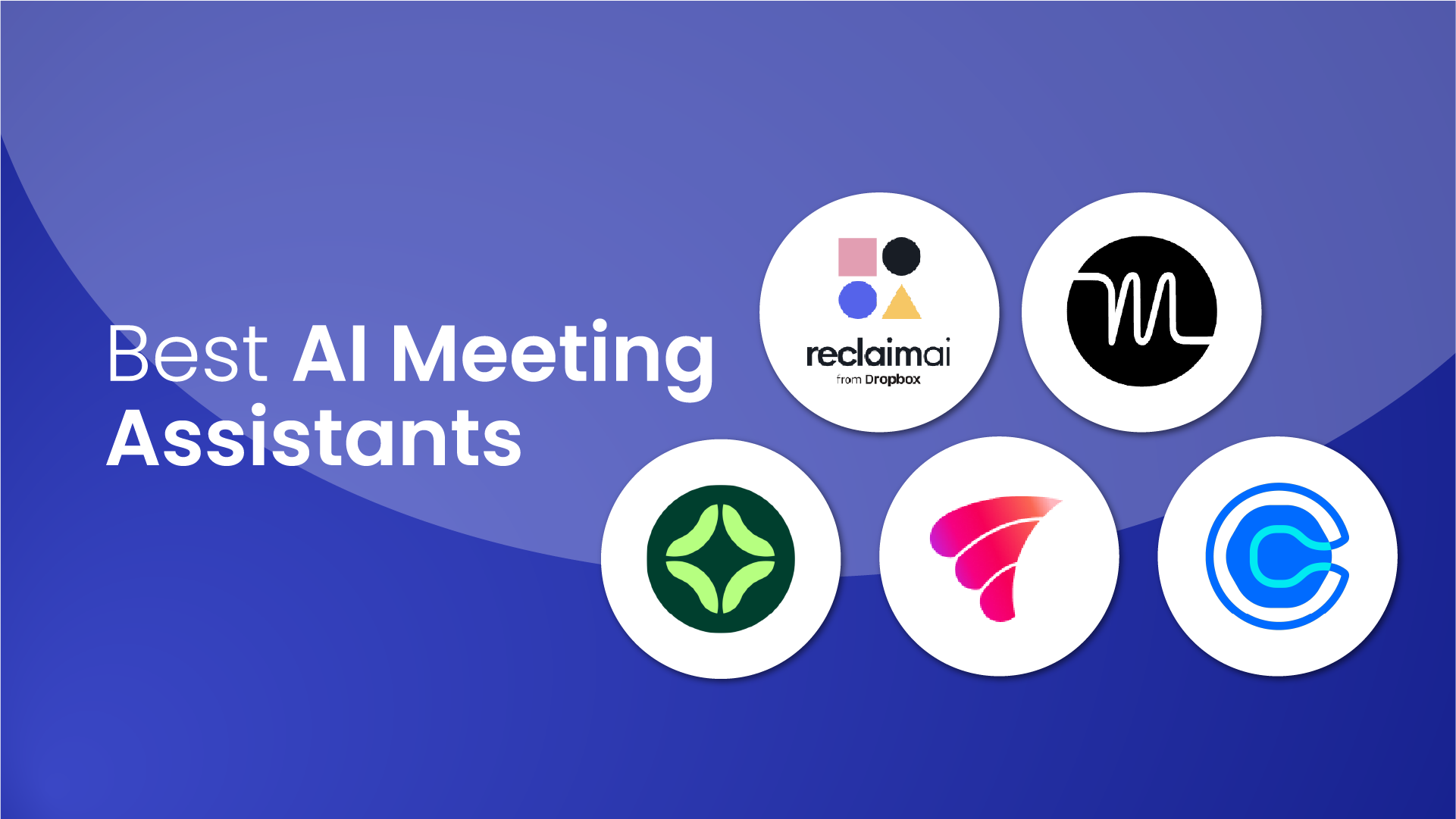Ever felt like you're on a different planet than the marketing team? Or that the IT department speaks a different language you can't understand? Many organizations struggle with communication silos, where departments operate independently with little interaction. But what if there was a way to break down these barriers and create a more collaborative work environment?
Enter horizontal communication – the secret sauce to unlocking teamwork, innovation, and a whole lot of problem-solving magic. It's the type of internal communication that happens between people, teams, or departments at the same level within an organization. Think of it like a friendly chat between colleagues over coffee, except it's way more productive (and there might not be any coffee involved).
In this article, we'll take a closer look at what horizontal communication is all about, investigate how horizontal communication occurs, explore its benefits, and give you practical tips on how to make it happen in your own workplace.
What is horizontal communication?
Horizontal communication (or lateral communication) is the exchange of information, ideas, or feedback between individuals, team members, or departments at the same hierarchical level within an organization. It could be a conversation between two colleagues who report to the same manager, or a collaboration between two different departments working on a joint project.
On the other hand, vertical communication refers to upward communication flows from employees to managers, and downward communication from management to employees.
Horizontal communication is more akin to a bridge, connecting different parts of the organization that are on the same level.
Real-world examples of horizontal communication
- Project team collaboration: Members of a cross-functional project team (e.g., marketing, design, development) regularly share updates, ideas, and feedback to keep the project on track and meet its goals.
- Departmental coordination: The sales and customer service departments exchange information about customer needs and pain points to improve the overall customer experience.
- Informal brainstorming: Colleagues from different teams get together for an informal brainstorming session to generate new product ideas.
- Peer-to-peer feedback: Employees provide feedback to each other on their work, helping to improve performance and boost a learning culture.
As you can see, horizontal communication takes many forms, from formal meetings, written communication, and presentations to casual conversations and instant messages. The key is that it allows for the free flow of information between people on the same level, without having to go through the chain of command.
Benefits of horizontal communication
Water-cooler chats and casual brainstorming sessions are just the tip of the iceberg when it comes to horizontal communication. With effective horizontal communication, you can make significant improvements to how your organization works.
1. Enhance teamwork & collaboration
Horizontal communication breaks down silos and encourages a sense of unity and shared purpose among different teams and departments. When everyone is on the same page, sharing information and ideas freely, it's like a well-oiled machine – everyone working together smoothly towards a common goal.
2. Increase innovation
When ideas flow freely between different perspectives and areas of expertise, innovation thrives. Horizontal communication creates a space for brainstorming, problem-solving, and the exchange of diverse viewpoints, sparking creativity and leading to breakthroughs.
3. Efficient decision-making
In hierarchical organizations, decisions can often get bogged down as they move up and down the chain of command. Horizontal communication allows for quicker, more informed decision-making by entrusting employees at all levels to share their insights and perspectives.
4. Boost employee morale & engagement
When employees feel heard and valued, their job satisfaction and engagement soar. Horizontal communication promotes a sense of belonging and empowerment, as it gives employees a voice and a platform to contribute their ideas.
5. A more inclusive workplace culture
Horizontal communication breaks down barriers between different groups and encourages a more inclusive company culture where everyone feels valued and respected. It encourages employees to learn from each other, share their experiences, and build stronger relationships.
Challenges to horizontal communication
While horizontal communication is a powerful tool for collaboration and innovation, it can face some obstacles that hinder its effectiveness.
1. Lack of trust
Open and honest communication requires trust, but building trust between different teams and departments can be tricky. When people don't feel safe sharing their ideas or concerns, communication suffers.
You can build trust by promoting transparency, valuing different perspectives, and acknowledging individual contributions. Create opportunities for teams to interact informally and get to know each other better.
2. Silo mentality
Silos happen when departments become isolated and focused solely on their own goals, leading to a lack of communication and collaboration with others. This can breed resentment and hinder the flow of information.
So, break down silos by creating cross-functional teams, encouraging interdepartmental projects, and promoting a shared vision and goals for the entire organization.
3. The hierarchy hurdle
Even in companies with a relatively flat structure, there can be an unspoken organizational hierarchy that discourages open communication between employees at the same level. People may be hesitant to share ideas or feedback if they fear being perceived as overstepping their bounds.
Create a culture where everyone's voice is valued, regardless of their position or title. Encourage open dialogue and feedback, and recognize employees who contribute to horizontal communication efforts.
4. Communication overload
These days, we're bombarded with information from all angles. It can be a struggle to filter through the noise and guarantee that important messages don't get lost. And this can be true for both horizontal and vertical communication. A sudden influx of horizontal communication channels can lead to information overload, misaligned priorities, and ultimately, decreased productivity.
Therefore, when encouraging or implementing lateral communication, simplify the channels, set clear rules of engagement, and leverage technology to enhance, not overwhelm your horizontal communication flow.
5. Conflicting priorities
Different departments often have their own priorities and goals, which can lead to miscommunication and misunderstandings. For example, a marketing team might prioritize brand awareness, while the sales team focuses on short-term revenue targets. These differing priorities can lead to conflicts and hinder overall progress.
Get everyone on the same page. Make sure each department understands how their unique goals contribute to the company's overall vision. Promote a culture of open communication where departments regularly connect to share progress and align priorities so everyone is rowing in the same direction.
6. Lack of time or resources
Because employees are often juggling multiple projects and deadlines, many may perceive horizontal communication as a "nice-to-have" rather than a "must-have," causing it to fall by the wayside. Also, limited resources like meeting spaces or communication tools can further exacerbate this issue.
Don't let horizontal communication become an afterthought. Carve out dedicated time for team huddles, brainstorming sessions, and even casual chats by the coffee machine. Equip your team with the tools and training they need to communicate like pros, turning conversations into collaborations that drive results.
How to improve horizontal communication in 4 steps
Ready to break down the silos and unleash the collective brainpower of your team? Horizontal communication could be your secret weapon. Let's explore how:
1. Cultivate a culture of openness
Unleash the power of open communication by leading the charge. Empower your leaders and managers to champion transparency, actively seeking out diverse viewpoints from every corner of the organization. Embrace honesty, even when it's challenging, as this builds unwavering trust and encourages others to do the same. Celebrate collaborative successes and reward teams who embrace open dialogue – this reinforces the value of teamwork and sparks innovation throughout your company.
2. Create opportunities for interaction
Break down barriers and unlock the full potential of your team by embracing cross-functional collaboration. Assemble teams with diverse skill sets and perspectives to tackle projects with renewed creativity and efficiency. Encourage open communication through regular meetings and check-ins so everyone is aligned and roadblocks are addressed swiftly.
Infuse your workplace with energy by organizing fun events and team-building activities, allowing colleagues to bond and build rapport. Create mentorship and buddy programs to encourage knowledge sharing, promote a supportive learning environment, and strengthen relationships across your organization.
3. Leverage technology
Harness the power of platforms like Slack, Microsoft Teams, or Google Workspace to fuel real-time communication, easy document sharing, and streamlined project management. Bridge the distance and foster face-to-face interactions with video conferencing tools like Zoom or Google Meet.
Ignite creativity and camaraderie with a virtual water cooler through a social intranet or internal forums, providing a vibrant space for employees to connect, brainstorm, and exchange ideas across departments. Empower your team with centralized knowledge by using project management software like Asana, ClickUp, wikis, or knowledge bases, so everyone has the information they need at their fingertips.
4. Provide training & support
Unlock your team's full potential by enhancing their communication skills through comprehensive training programs. Help them master active listening, navigate conflicts constructively, and provide feedback that motivates and inspires.
If your workplace is a rich tapestry of cultures, offer training that promotes understanding and appreciation for diverse communication styles, ensuring everyone feels heard and valued. Invest in your leaders and managers as well, equipping them with the tools to champion open communication and create a collaborative atmosphere where every individual can thrive.
Boost productivity with horizontal communication
Horizontal communication is not a trend; it's the way of work. By tearing down silos and enabling open dialogue across your organization, you unlock a wellspring of creativity, collaboration, and innovation. Employees who share their ideas and expertise build stronger relationships, boost productivity, and create a vibrant company culture.
Don't just imagine a more connected and collaborative workplace – create it. Start implementing horizontal communication strategies today, and watch your team soar to new heights of success together.



































